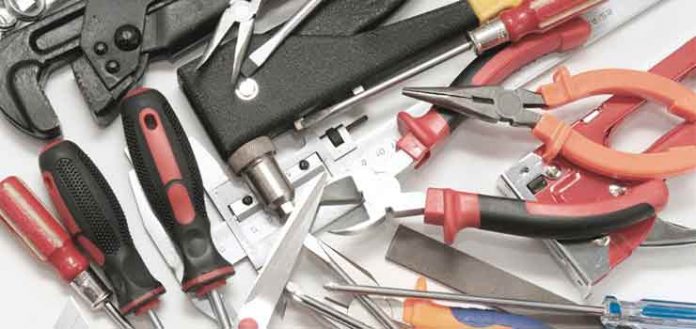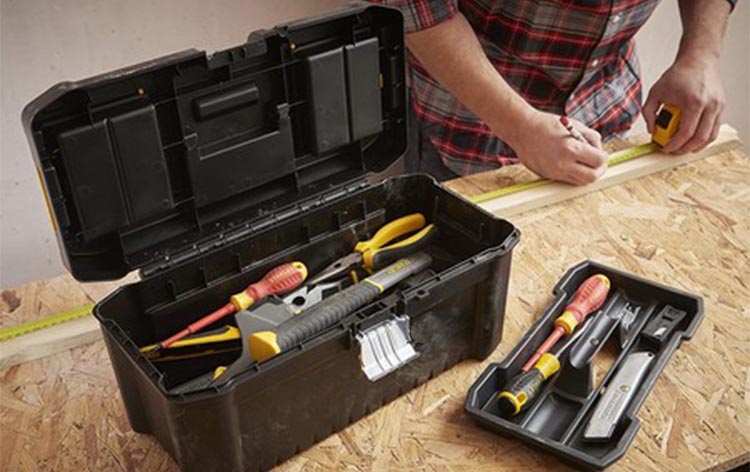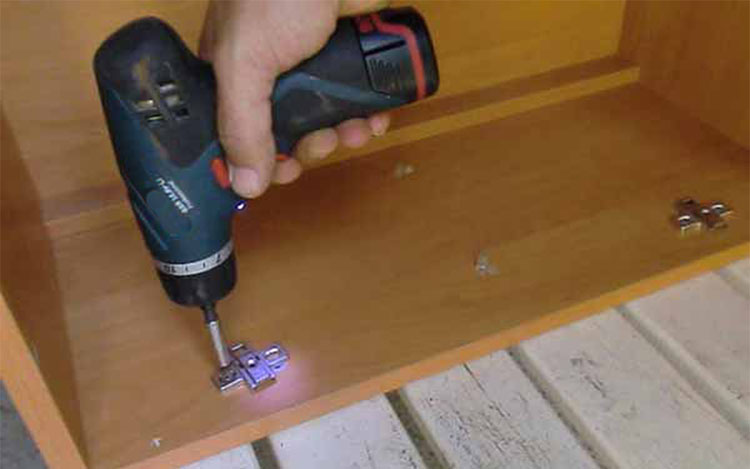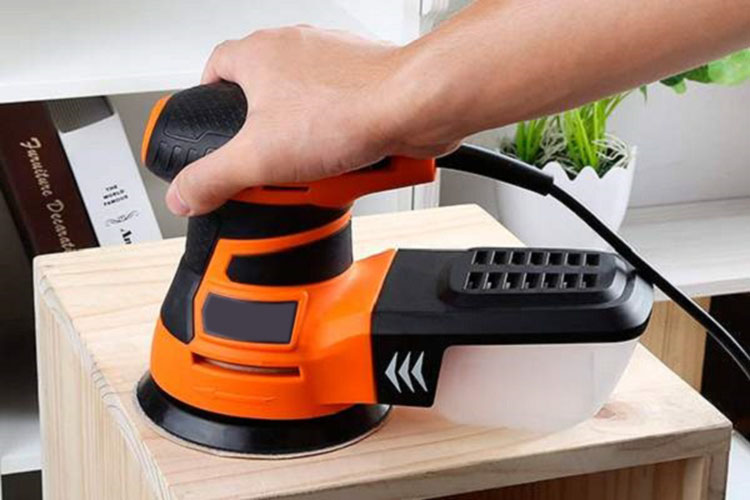
It is not always easy to start DIY at home and always thinking of hiring a person to do something that we could do ourselves with a lot of effort. Doing it ourselves has a clear advantage: DIY home repairs they can save you a lot of money. You can use DIY hacks to save money on home decoration, house maintenance, garden maintenance, etc.
One of the keys to saving money on DIY is to have a well-stocked toolbox at the ready. But going out and buying all the tools from the hardware store just “just in case” is not a good option. It makes more sense to spend your budget on good tools that you will use over and over again.

Fortunately, you don’t need as many tools to be prepared for home or garden emergencies. About a dozen tools should be enough to help you do most basic repairs and we’ve brought you 6 of them today.
Basic DIY Toolbox
At Bricoblog we believe that there are certain tools that a person who is going to start needs. Among all the basic tools, we have chosen hammer, screwdriver, sander, wrench and handsaw to start with. Thinking that maybe you can have a garden and you want to cut some little thing.
1. Hammer
A nail, without a hammer, is useless. The vast majority of hammers have two “faces”, one of them is used to nail and the other to remove the nail when we want to change it for another. You can also use the hammer to crack drywall or knock on wood.

Some woodworking experts say that the most versatile type of hammer is an 18-ounce hammer with one smooth head and one curved head. This size can be used both for delicate work, such as hanging pictures, and for other more complete tasks that require more strength.
2. Screwdrivers
Many things in your house or even in your garden are attached by screws. They hold together furniture and lamps and other electrical appliances. Anytime you need to fix any of these things, you’re going to need a screwdriver to remove the screws and put them back. This tool will be almost the one you use the most at the beginning.
3. Orbital Sander
An orbital sander will be of great help when you have a lot of old furniture and you want to give it a second life, sanding it down and then painting it or simply giving it a coat of varnish. You may also need it when the wood splinters and you don’t want anyone to get hurt by making its surface smooth again.

4. Wrench
Materials that are not attached with nails or screws are usually connected with nuts and bolts. To tighten and loosen those bolts, you need a wrench. With it you can adjust to the different sizes of the nuts without much effort.
5. Saw
The handsaw is a serrated blade attached to a wooden or plastic handle, usually. Therefore, if you need to make quick cuts in wood because you are doing a “fudge” in your garden, this basic tool will be more useful than an electric one, which is also more expensive.
6. Pliers
It happens that when you are doing a DIY job, you have to hold on to a bolt or other nut in order to pull or turn it. If you try to grab the head with your fingers, chances are you won’t be able to hold it because it slips. This is where the pliers appear, which will help you in this task.
It features metal teeth on one end to grip an object, and long handles on the other end to give you leverage when pulling or turning. Use it to loosen nuts, pull out nails, or straighten bent power plugs.
Last conclusions
In conclusion, these are some of the tools that we have considered most important for a beginner who wants to start DIY and small home repairs. We have not wanted to include screws or nails because they are not tools as such, but we remind you now. Please always have this at home.
If you want to see other more advanced tools, you can also see this page for DIY both at home and in the garden: https://tecnobrico.net/
.



